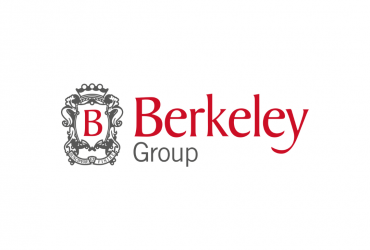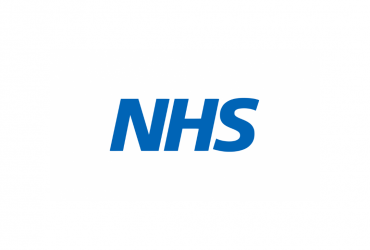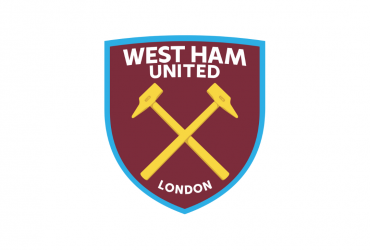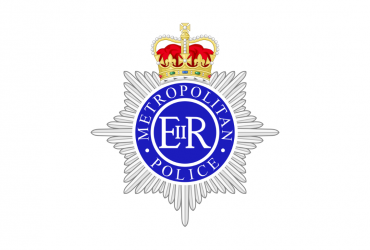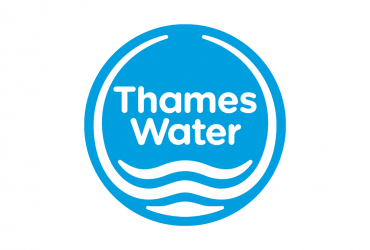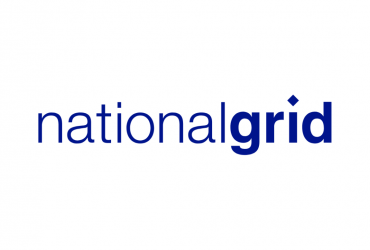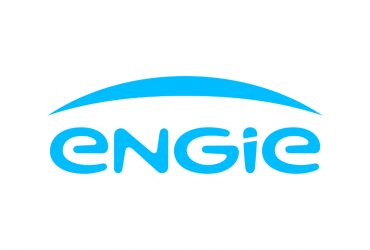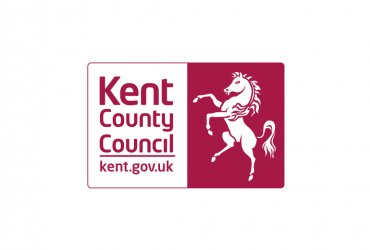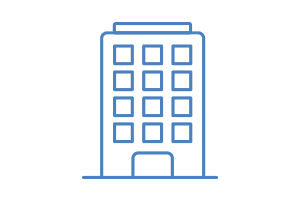How to Reduce Mould Your House
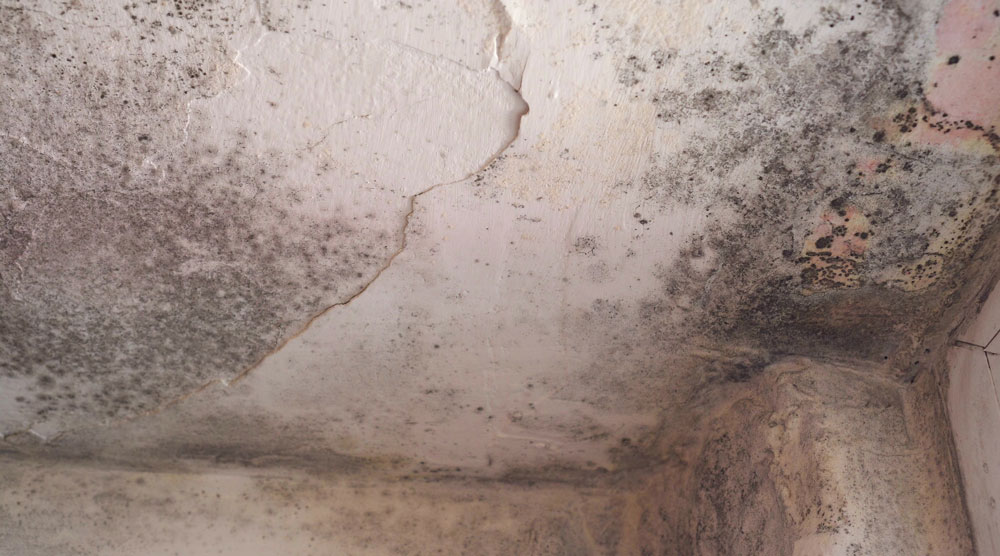 CONTENTS
CONTENTS
- Keep humidity levels low
- Make sure your home is well ventilated
- Fix leaks and moisture issues immediately
- Keep your home heated
- Clean your property regularly
- Avoid drying clothes indoors
- Use anti-mould paint
- Get in touch
Mould is a very common problem in homes in the UK thanks to our damp, cold climate. Finding ways to keep it at bay is key to protecting property against the harmful effects of mould growth, and residents against the health problems it's associated with.
At ICE Cleaning, our nine-stage mould removal process can tackle all the mould in your house, including removing mould from the air. We offer our mould remediation services nationwide, 24/7, 365 days a year. If it's an emergency, we can be on site within a matter of hours of your call.
Keep reading to learn more about how to prevent mould in your home.
Keep humidity levels low
Mould grows in houses where there is excess moisture, like rooms that contain humid air. Consider purchasing a hygrometer to monitor humidity levels and ensure they stay below 50% all day. You can use a dehumidifier or air conditioner to keep it low, as well.
Don't forget to open windows and turn on extractor fans while cooking and washing as these activities produce lots of steam.
Make sure your home is well ventilated
Poor ventilation and air flow can allow humid air to get trapped in your home. Open windows regularly to let in fresh air and remove stale, humid air. Try to create a through-flow by opening doors and windows on opposite sides of the property. This will air the space out effectively and efficiently.
You should also ensure there is sufficient space between your possessions to allow air circulation which will dislodge trapped pockets of air. This includes leaving gaps between clothes in the closet and moving furniture away from the wall.
Fix leaks and moisture issues immediately
Damp is one of the main causes of mould in a property. You must bring in professionals as soon as possible to detect what is causing it and fix the issue. Simply removing the mould will not deal with the root cause and it will probably just come back after remediation. As mould can start growing within 24 to 48 hours, you must have any moisture problems seen to as soon as possible.
Some damp problems require professional expertise, as well, like rising damp, which may require the installation of a damp-proof course. It is best to always leave it to the experts for a quick, effective response.
Keep your home heated
Mould thrives in cold houses. This is because a warm house helps moisture evaporate faster and reduces condensation which forms on cold surfaces, like walls and windows.
Keeping the heating on and ensuring the temperature does not fall below 14°C will ensure surfaces in your home don't get too cold so condensation cannot form on them.
It is recommended you use a programmable thermostat that can help maintain steady temperatures in your home. This will allow you to control where and when different parts of your house get heated.
Clean your property regularly
Mould feeds off organic material so dust, dirt, dead bugs, and other organic debris provide it with plenty of fuel for growth. Infrequent cleaning means you may also be missing the early signs of mould, or the damp and moisture problems which can cause it.
Given mould thrives in dark corners, frequent and thorough cleaning can help you catch it before it becomes a big problem.
When you clean, make sure you avoid using too much water and dry surfaces afterwards, as well. Otherwise, you might make surfaces damp, providing mould with its ideal conditions for growth.
Avoid drying clothes indoors
Drying your laundry on radiators or airers inside your house can release moisture directly into the air, making it humid which can, in turn, lead to mould growth. If possible, use a tumble drier or hang clothes to dry outside.
Otherwise, make sure the room the clothes are being dried in is well-ventilated to reduce the amount of moisture in the air. A dehumidifier can also help stop the humidity getting too high. You can find out more about how drying clothes indoor causes mould in this blog.
Use anti-mould paint
Some types of paint contain biocides which can kill fungal growth or chemicals that prevent moisture pooling, lowering the chances of mould forming. Anti-mould paint is recommended for surfaces which are in humid rooms where condensation tends to form, such as the bathroom and kitchen.
You can also add mould inhibitors to paint to reduce the chances of mould growth on painted surfaces, like walls and ceilings.
Get in touch
Our technicians have been accredited by Dewpoint Professional, the leading accreditors in mould mitigation and remediation. They have many years of experience removing mould from domestic and commercial properties.
Our thorough treatment and bespoke recommendations for preventing mould regrowth can offer you long-term results, and protection against damp and mould in the future.
To get a free, no-obligation quote for our mould removal services, contact our friendly team today on 0208 066 0360 or enquiries@icecleaning.co.uk.

Speak with me today,
I’m here to help
By asking you a few questions either via phone or email I can immediately provide a realistic estimation of the cost.
You’re in good company. We’ve cleaned for the following commercial clients… View all

Why choose us?
- Cater to a wide variety of cleaning situations
- Nationwide coverage, available 24/7
- Cater to commercial and domestic clients
- Free survey provided prior to quotation
- Emergency response team
- Offer a bespoke service designed to suit all your needs
- All technicians hold professional health and safety qualifications, including BICSc, IOSH, Dewpoint Professional & Safe Contractor
We’re fully accredited
We place best practise, professional expertise and health and safety at the core of our business. We’re fully compliant with all legal obligations. You can view a list of our accreditations below, or visit our Health & Safety page for more information.

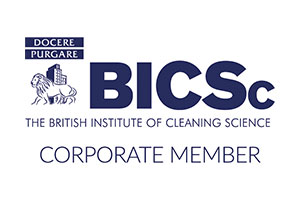

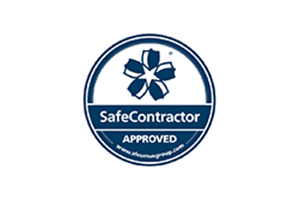

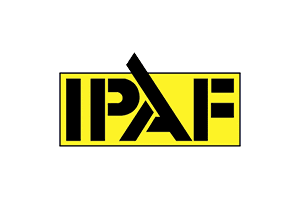
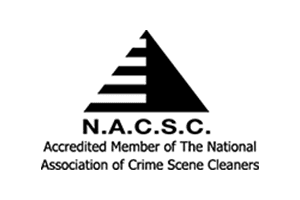




-RGB-small.1707319151.jpg)

